
Reeves Gabrels picks 10 essential guitar albums - part two
Last year, Cure guitarist Reeves Gabrels racked his brain to compile what he considered to be a definitive list of 10 essential guitar albums. Only problem was, by his own estimation, 10 choices couldn't nearly cut it.
“I realized that I had some omissions the first time around, so here’s a chance to fill in the holes," he says. "To be honest, I could probably come up with 20 more. At some point, it’d be nice for me to get at least into the ‘90s, but if we’re looking back at records that were formative to my view of guitar playing, there’s a lot of real contenders."
Which brings us to Reeves Gabrels' 10 Essential Guitar Albums Part II – "or 11 thru 20, if you're keeping score at home," Gabrels cracks. "Maybe we'll be done with this some day, but I keep remembering this record and that record. 'Oh, yeah... that's a good one. Hey, what about...? You know how it is."
As it was with his first installment, Gabrels imposed a strict criterion on his choices: No albums made by artists whom he's recorded with or played with for any period of time. He points out that Be-Bop Deluxe's Sunburst Finish made his first list, and since that time he's recorded an album with former BBD guitarist Bill Nelson. "But that's my out," Gabrels notes. "I made the record with Bill after the fact. That could be a good omen, though, because maybe then I’ll get to play with any of the other people from these lists. This could work out in my favor."
Listed alphabetically by artist, on the following pages Gabrels runs down his additional 10 choices for Essential Guitar Albums.
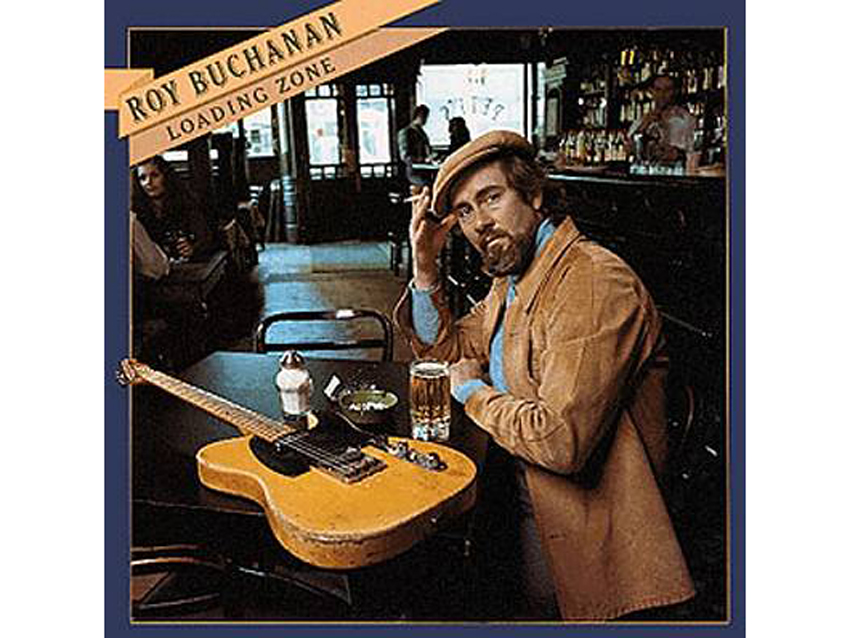
Roy Buchanan - Loading Zone (1977)
“It’s a hard album to find, but it’s well worth the effort. Stanley Clarke produced it, and Ray Gomez plays rhythm guitar on a lot of it. They do a version of Green Onions, which might not have been the best song to pick, but you can really hear Roy’s ‘thing’ on it.
“What I like about this record is that Roy is surrounded by musicians who kind of challenge him. There’s a duet with him and Stanley Clarke on a song with a really un-PC title, Adventures Of Brer Rabbit And Tar Baby, but what's great is how they do an almost Chet Atkins and Merle Travis deal together.
“There’s one lick that Roy does on the record that I will pull out somewhere every night. It’s this weird little thing he did that nobody will ever trace back to him, but it’s remarkable. He hammered onto a note that he was already bending. It almost sounds like he had a vibrato bar, but it was a Telecaster without a bar.”
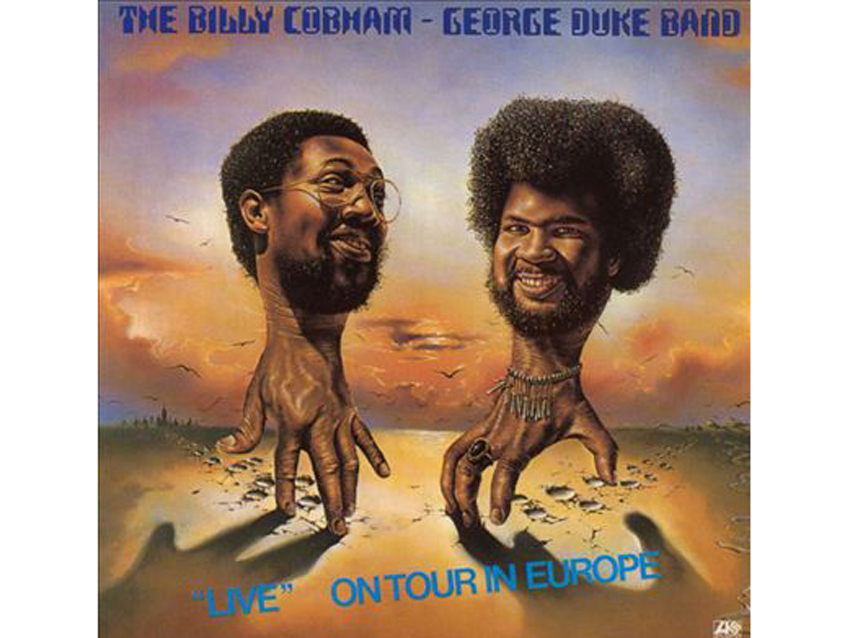
The Billy Cobham - George Duke Band - "Live" On Tour In Europe (1976)
“I'm picking this one for John Scofield, who played in the band. This is before he became ‘John Scofield’ – people didn’t really know too much about him at the time – but he was already highly developed as a guitarist.
“Right after this album, I moved to New York to go to art school, and I started taking lessons from John. He charged me $20 an hour, but then also encouraged me to go to Berklee. 'Instead of paying me all this money, why don't you just go to Berklee?' he asked me one day. So I saved the money I was making by working at the St. Marks Cinema, and that's what I did. I wanted the common language. I wanted to know how to talk to a horn player and stuff like that. I didn’t want to just grunt at other guys in a rock band forever.
“The harmony on this record really got to me. John knew how to go outside and play ‘outside the box.’ He had this different kind of phrasing, like Otis Rush filtered through Jim Hall. And he swung – you can hear the way he played double-time swing against half-time, straight-up-and-down funk. He does that to this day, and a lot of us do it because of him. Super-imposing one kind of feel over another was pretty mind-blowing to me.”
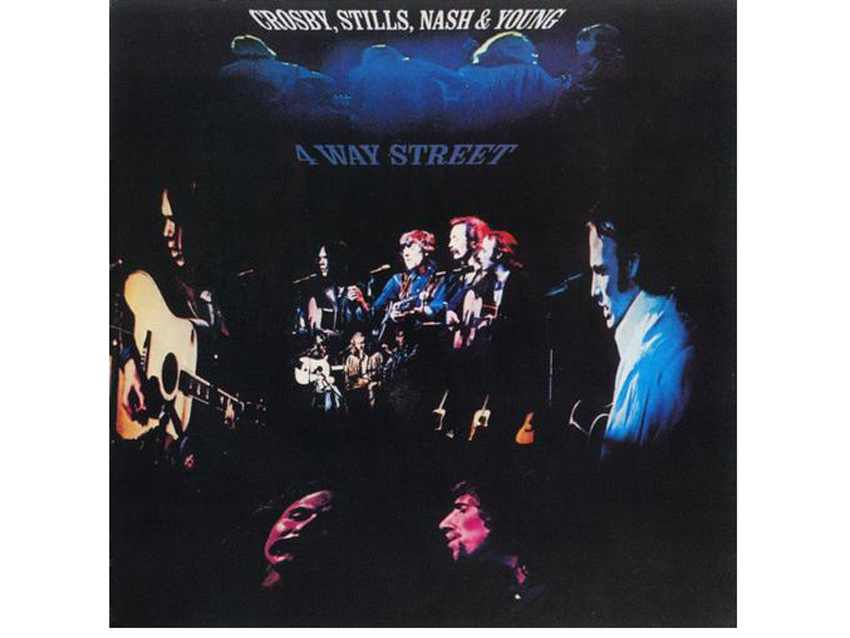
Crosby, Stills, Nash & Young - 4 Way Street (1971)
“There’s a record of electric jams, and then you have the individual acoustic performances and the various re-combinations. It really gives you a full view of a band with such incredibly diverse talents that really knew how to pull it together.
"That especially goes for the way that Stephen Stills and Neil Young did their thing with each other. I always got the sense of mutual respect and support between the two, but they’d do their own things too. Stephen is probably the more polished player, and Neil is more emotionally intense. In the album there’s a picture of them playing White Falcons, which they put them through Fenders. Two guys playing identical gear but still sounding like themselves is the opposite of Dick Wagner and Steve Hunter: two guys playing identical gear but you couldn’t tell them apart.
“As a subtext, I would include David Crosby’s first solo album, which features Jerry Garcia, Stephen and Neil all playing beautifully.”
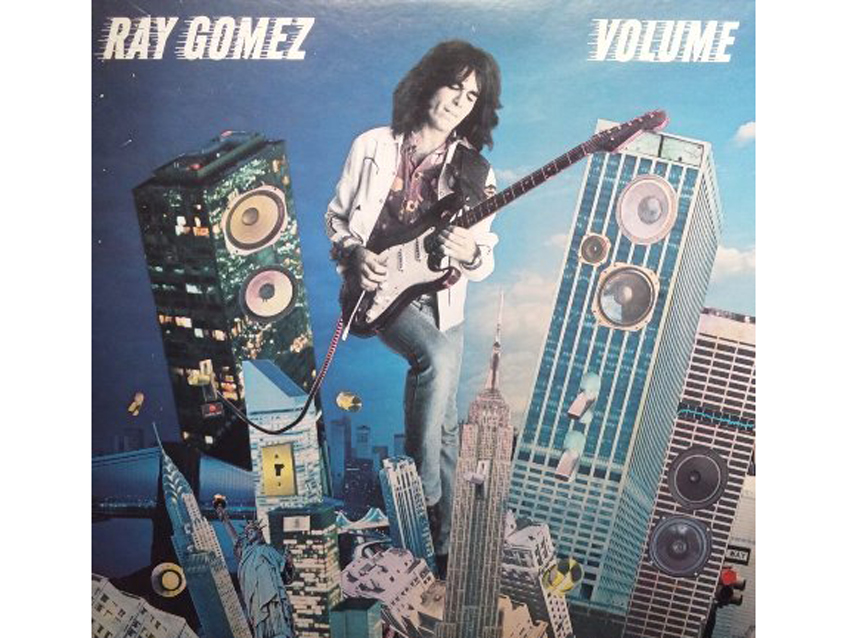
Ray Gomez - Volume (1980)
“Ray played with Stanley Clarke and Narada Michael Walden and a bunch of other greats. He’d play stuff where you might think he was just some blues-rock guy, but then he’s turn around and be George Benson meets Lowell George. And then he’d turn into McLaughlin. An amazing player.
“He was also a singer and he looked rock ‘n’ roll – full-on scares and clothes and the whole thing. But he had monstrous chops. Shawn Lane covered a Ray Gomez song called Westside Boogie on his first solo record, and he played it note for note.
“Volume is a great record that give you a nice view of what Ray Gomez is all about, or at least what he was about at the time. Check it out.”
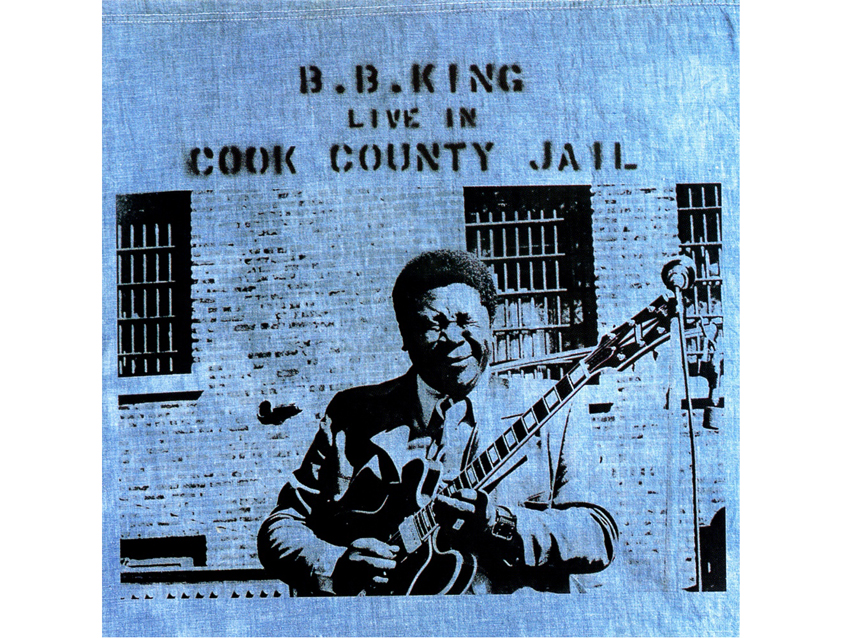
BB King - Live In Cook County Jail (1970)
“Every Day I Have The Blues, How Blue Can You Get?, Worry Worry… fantastic songs and performances. To me, the best recordings sound like the place, and the fact that this was recorded in a real place, a jail, well, that's about as real as it gets. It feels like ‘This is what the music sounds like, here on this day.’
“It’s BB King, who is an encyclopedia of how this music should be played. I remember seeing Eric Clapton on the Mike Douglas Show talking about who his influences were, and he made no secret of his love for BB King. That made a big impression on me.
“It’s all right there on this record. That stinging vibrato, that feel, that fire… Live In Cook County Jail is a first-class BB record.”
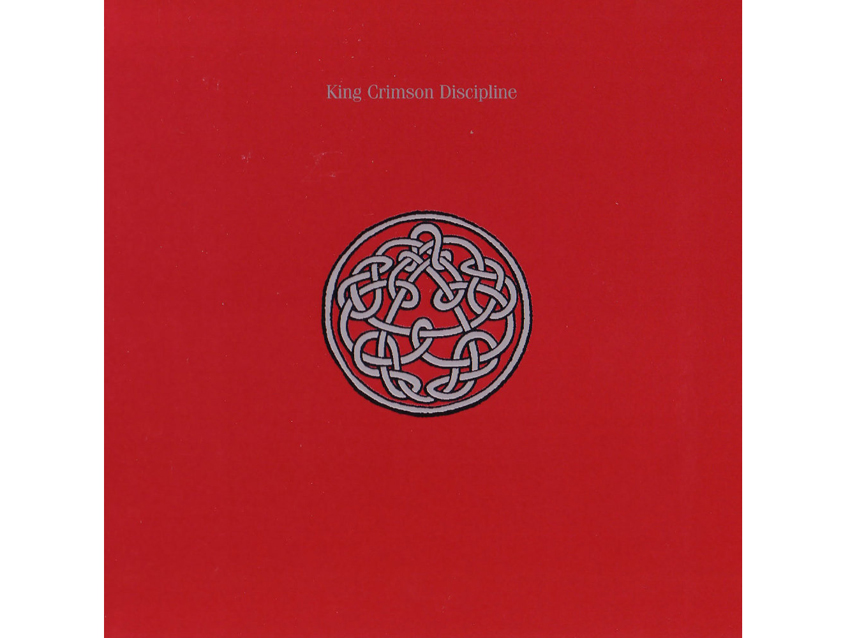
King Crimson - Discipline (1981)
“I'm on an obscure record with Adrian Belew, but I should point out that we cut our tracks separately and didn’t actually play together, so that allows me to choose Adrian while sticking to my rule of not choosing guitarists whom I've recorded or played with.
“I could go through a bunch of records that feature both Robert Fripp and Adrian, but if you were going to give somebody one record that has it all, Discipline is the one. It also presents a big-picture look at the ‘80s, when individualism came to the fore – it was your responsibility to have your own sound. Barring the LA glam metal scene, there were people really changing things up: Andy Summers, Adrian and a bunch of guys were chasing their own visions.
“That’s what I really like about Discipline. Robert and Adrian were putting their own fingerprints on the art of guitar playing in very individualistic ways. It’s exciting music, bursting with ideas and spirit.”
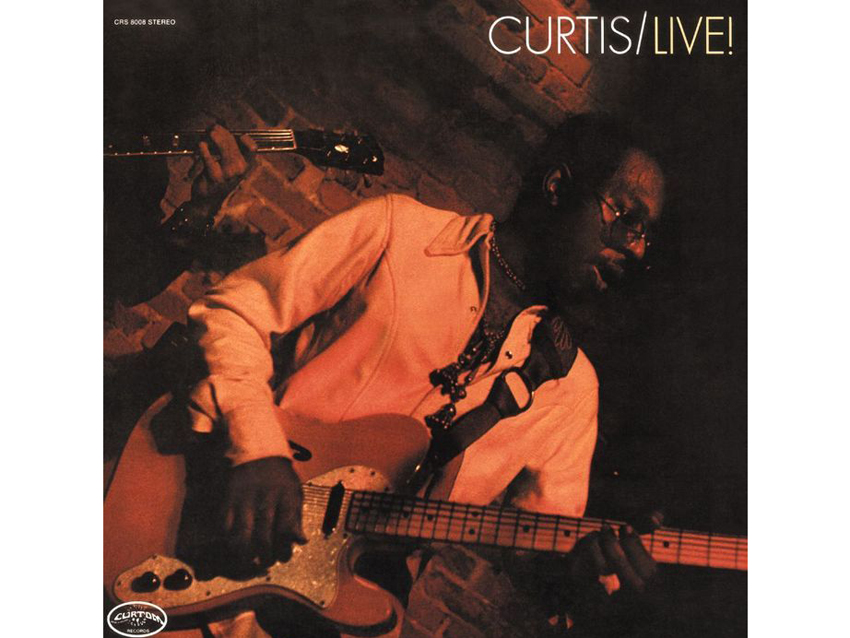
Curtis Mayfield - Curtis/Live! (1971)
“It's a cool record. There was one guy in the band who faded in with these little accents – I really like that. And Curtis’ whole thing was that he tuned his guitar to a minor chord, and that gave him his own sound.
“Stop Junkie and Mighty Mighty (Spade And Whitey) are on here. You know, we were kids in the suburbs, and we were discovering all of this other stuff. He had a hit with Super Fly, and we’d seen him with his band on Don Kirschner – you just had to appreciate where he was coming from. Having a conga player, three guitarists, a guy on Fender Rhodes – it was happening.
“It’s political, it’s got interesting ways of using guitars, and everybody in the band has a unique personality that really comes through. That’s one thing Curtis did better than most guys: He orchestrated personalities more than he wrote out actual orchestrations. Everybody had their space, and I’m sure they played it differently every night. When you do that, you wind up sounding like yourself.”
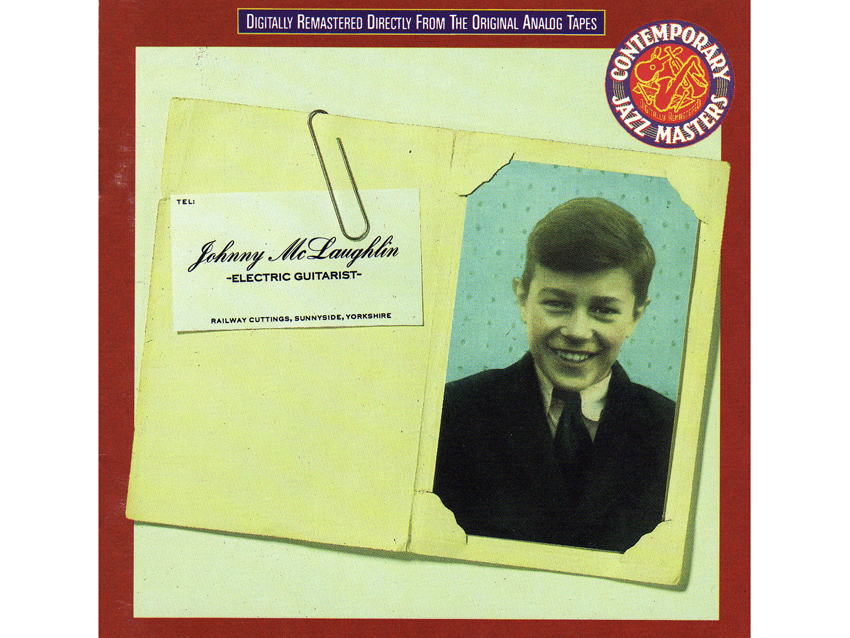
John McLaughlin - Electric Guitarist (1978)
“My Foolish Heart, which he does as a solo thing, is really great. I read an interview with him where he said, ‘I can’t play clean. I need a guitar to be distorted somewhat.’ My Foolish Heart sounds as if it were done through a Leslie, so it has a little bit of grime to it. I love that sound.
“This album is almost an overview of McLaughlin’s career to date. Santana is on it, Jack Bruce is on it, Billy Cobham, Tony Williams… And you can hear what he picked by playing with people like Miles Davis and Graham Bond. As an album, it had stuff that I could comprehend as a kid guitar player, but it also had stuff that I couldn’t get at all.
“Like the Ray Gomez record, it gave me something to aspire to, and it actually gave me things that I could play, so I didn’t feel like a complete idiot.”
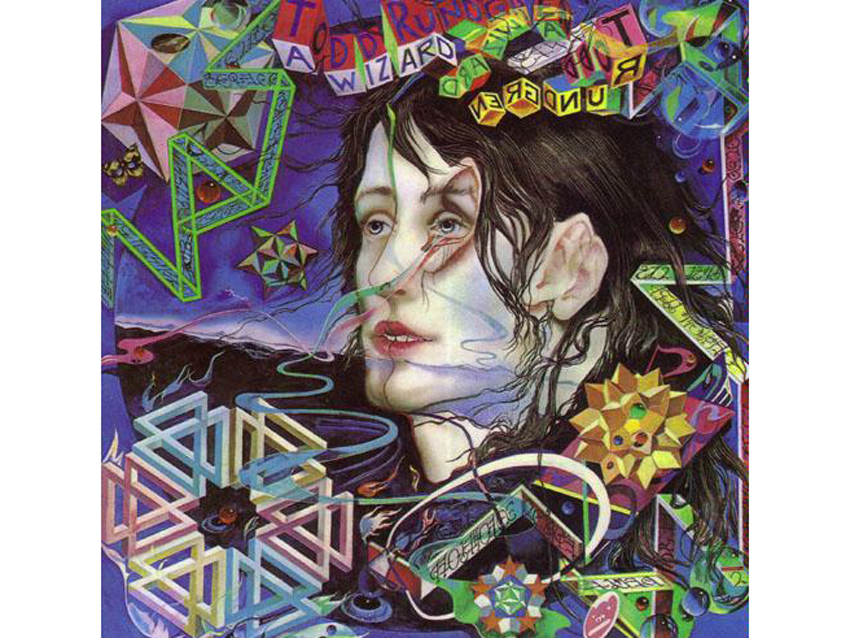
Todd Rundgren - A Wizard, A True Star (1973)
“I actually went back and forth between this one and the Todd album. I got Something Anything and then I got A Wizard, A True Star, and I knew something had happened between those records. Years later, I read that he had discovered psychedelics, so maybe that had something to do with it.
“The first side is a complete piece – it’s like an opera – and the second side is separate songs. Not a lot of people mention Todd as a guitarist, which is funny to me. When you listen to him on the Nazz records, he’s pretty much from the Eric Clapton/ Cream school with a Bloomfield thing going on – and a little bit of Jeff Beck in there as well.
“On this record, he played more idiosyncratically. He had an emotional intensity that I really dug. It spoke to me. No matter how poppy he could get, there was always a burning guitar player lurking underneath.”
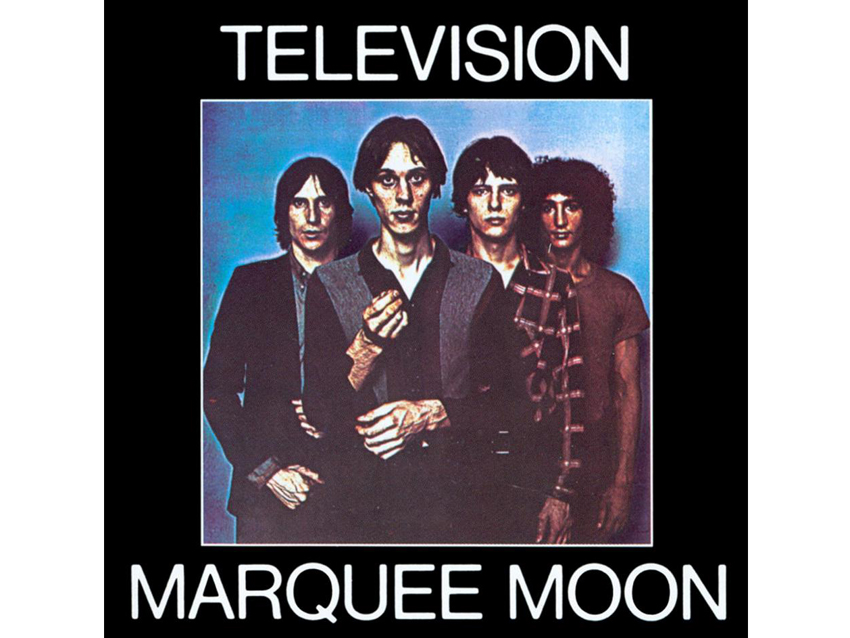
Television - Marquee Moon (1977)
“The beauty of the title song is that Samuel Barber’s Adagio For Strings-like quality. The way that it has a peak and a plateau always blows my mind. In the world of punk rock, the group probably had a lot more ability than most others. If you weren’t coming at it from a John McLaughlin/Al Di Meola point of view, you might dismiss it as being limited and almost comical.
“Strangely, the band had a Grateful Dead/Neil Young thing that really worked – check out the song No Evil for an example. Just masterful. Recently, I bought a reissue of the record that has some alternate takes on it. Man, Richard Lloyd worked his shit out and doubled it. I didn’t know that he was capable of reaching to that level, but he really impressed me.
"It’s funny: A lot of women were into Television. It’s good to trust somebody’s ears sometimes when they aren’t biased by the fact that they play an instrument. When people can just hear sheer musicality and the arc of the songs, that matters.”
“The band launched a thousand ships. Those Fender guitars through small Fender amps – that’s a sound that was very intentional. It was as if the band was playing in their practice room – very tight and dry. A lot of other groups emulated that vibe.”
Joe is a freelance journalist who has, over the past few decades, interviewed hundreds of guitarists for Guitar World, Guitar Player, MusicRadar and Classic Rock. He is also a former editor of Guitar World, contributing writer for Guitar Aficionado and VP of A&R for Island Records. He’s an enthusiastic guitarist, but he’s nowhere near the likes of the people he interviews. Surprisingly, his skills are more suited to the drums. If you need a drummer for your Beatles tribute band, look him up.
